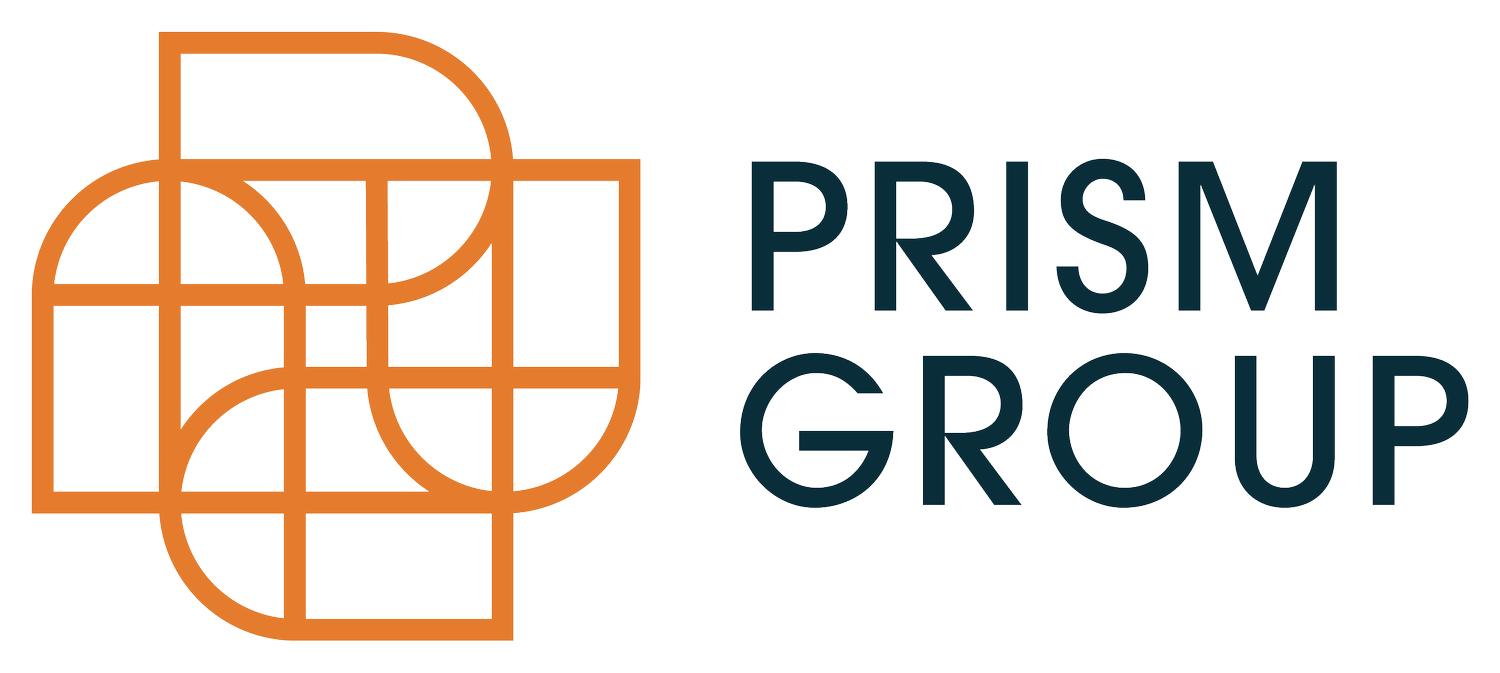Get to Know: South of Market
Golden hour on the Boyd Building, 944 Folsom Street.
South of Market is a mixed residential and light industrial neighborhood in SFAR’s District 9 (Central East). While the name is used in common parlance to refer to the entire grid of streets southeast of Market Street between Embarcadero and South Van Ness, the SFAR district is bounded by Market Street on the northwest, US-101 on the south, Townsend Street on the southeast, and Fourth and Fifth Streets to the northeast, connected by a block-long stretch of I80.
Development of the area began in 1847, when the then alcalde (magistrate) of the pueblo of San Francisco, Washington A. Bartlett, commissioned Jasper O’Farrell to plot the area. Unlike the existing area north of Market, where the streets ran north-south, O’Farrell chose to run parallel and perpendicular to Market Street, creating a grid that aligned to the half-points of the compass. He also made the blocks larger, making them 100 varas long instead of the 50 vara plots to the north. (A vara is just shy of a yard.)
Due to its proximity to the Bay, the area burgeoned through the 19th century with factories and manufacturing facilities, and low-density residential homes for largely immigrant European middle- and lower-class families.
The entire district was destroyed in the fires that followed the 1906 earthquake, and was rebuilt with wider-than-normal streets, and a renewed focus on introducing industry into the area. Such residents as there were included transient workers, seamen, and some working-class families on the few older structures that survived the fires.
As the area was largely deserted at night, the neighborhood eventually attracted a new audience. In the late 1960s and 1970s, the gay community, and the leather community in particular, began to convert warehouses into bars and clubs, safe spaces where they could gather. At one point, there were so many gay clubs in the area, it gained the moniker of the “Miracle Mile.” The area’s heyday is still celebrated in two extravagant street festivals, Folsom Street Fair in late September, and the raunchier Up Your Alley Fair in July. The area has been declared the LEATHER & LGBTQ Cultural District — the first of its kind in the world. The area remains a vibrant nightlife hub, including music venues, dance clubs, and performance venues.
Beginning in the 1990s, some older warehouses had been converted into loft-style housing, followed by the redevelopment of older housing stock into new live-work loft buildings. Initially designed as a form of more affordable housing for working creatives, they became trendy among a rising tide of tech workers flowing into the city in the dot-com boom. In recent years, larger, higher-density buildings have cropped up as well.
Consequently, the district has a pretty amazingly diverse housing stock, and still ever changing. It’s a popular choice for buyers who want to be in the thick of things, and have the buzz of city life all around them. It also tends to be a more affordable choice, due to its density of condos and lofts.
Market report and some highlighted businesses are below.

